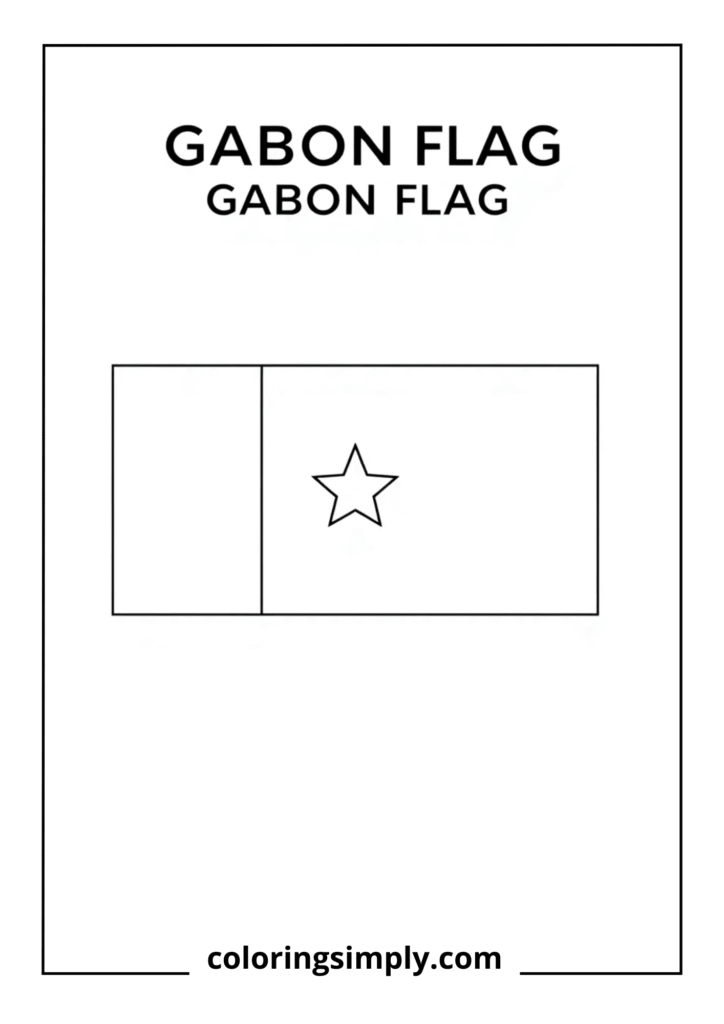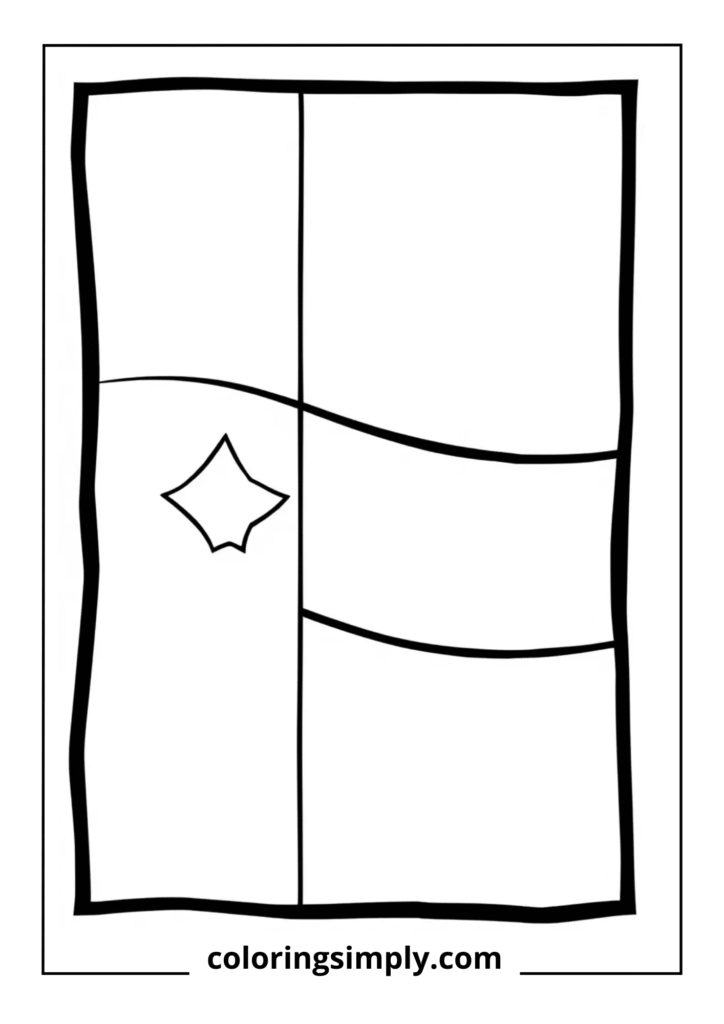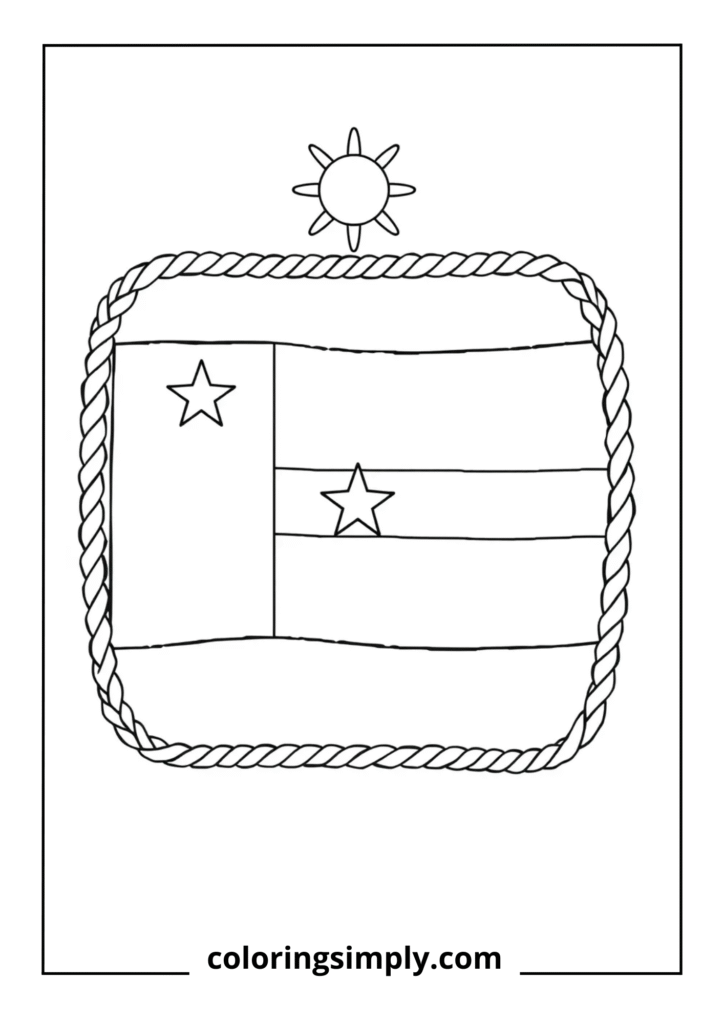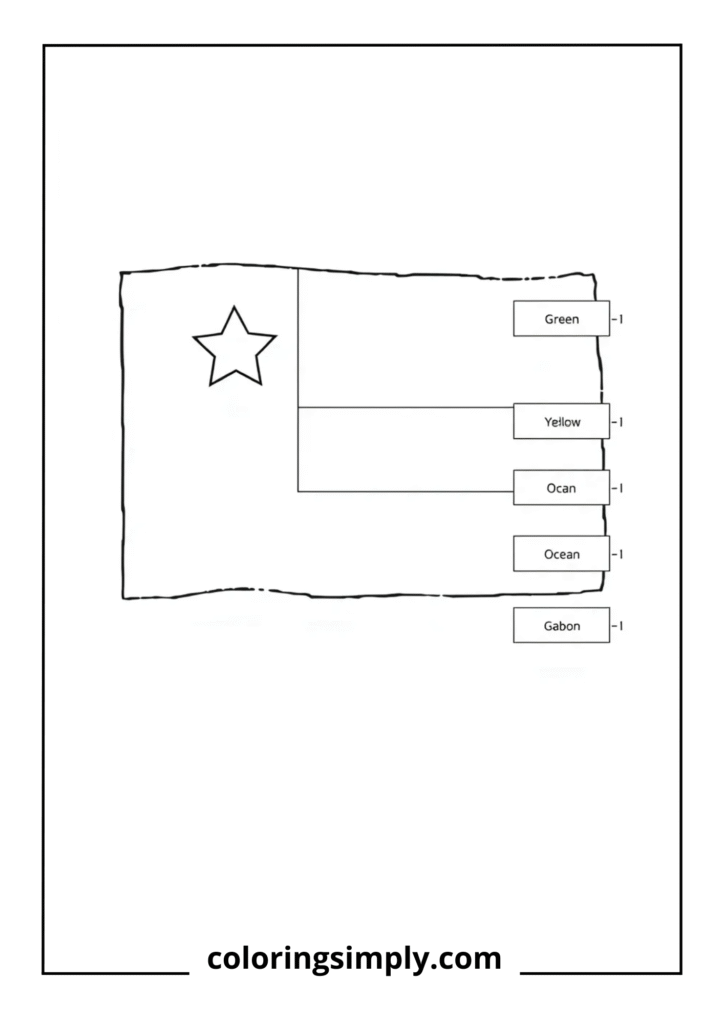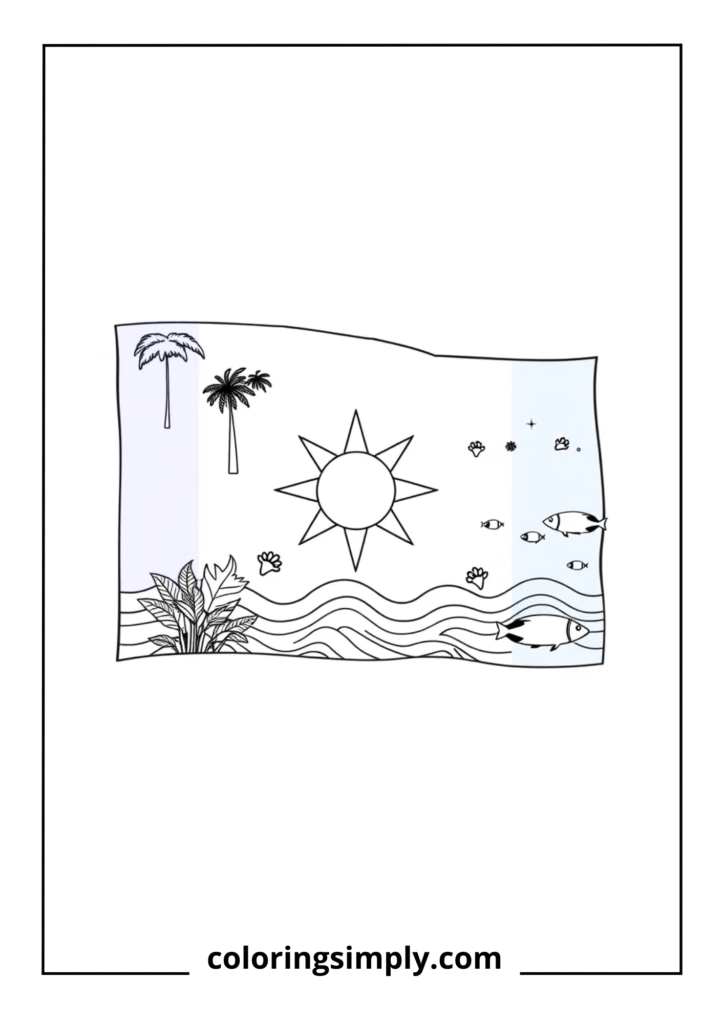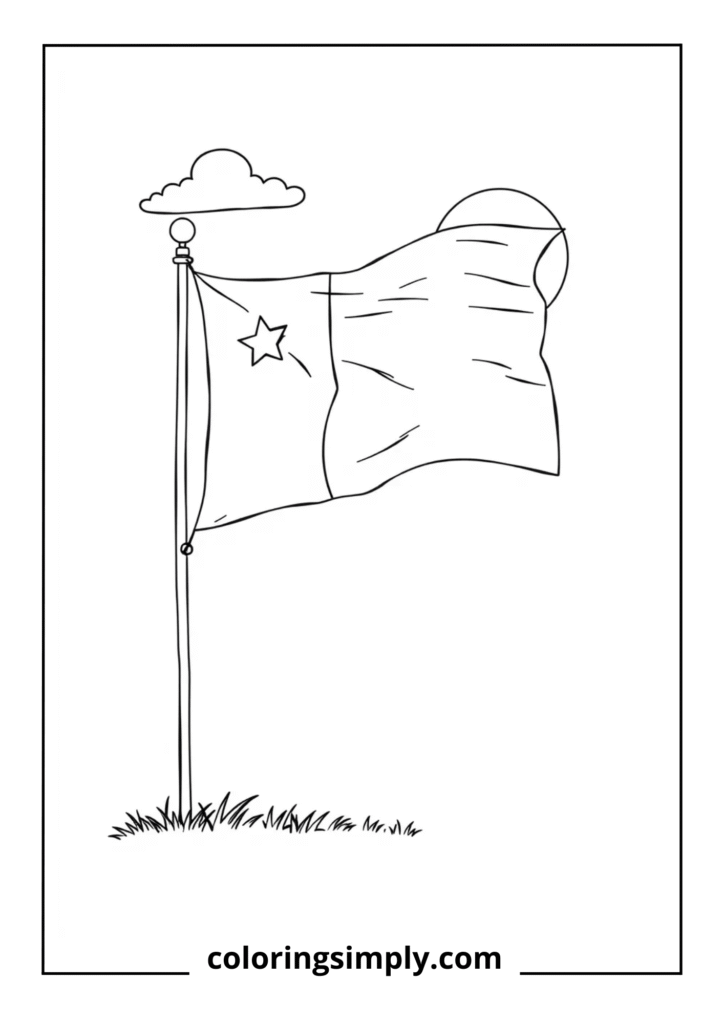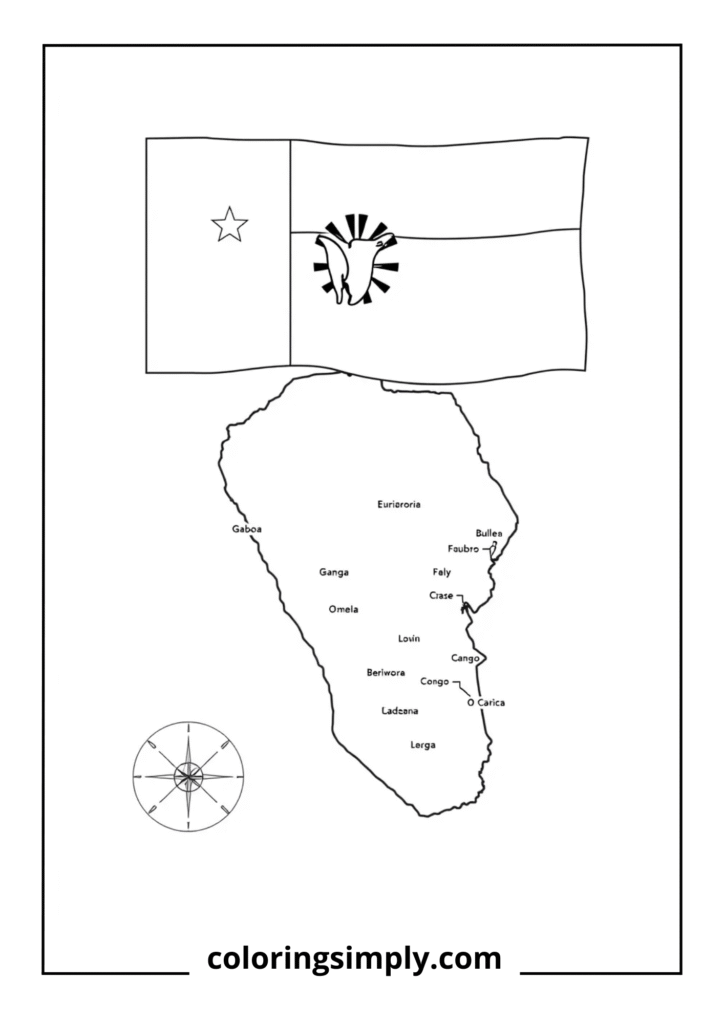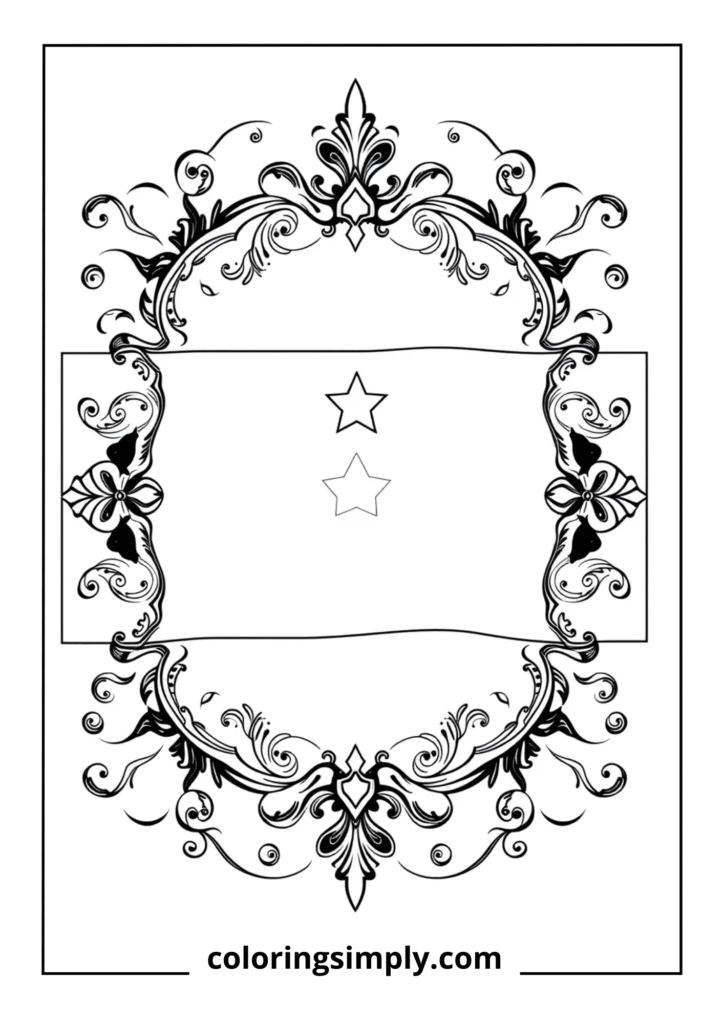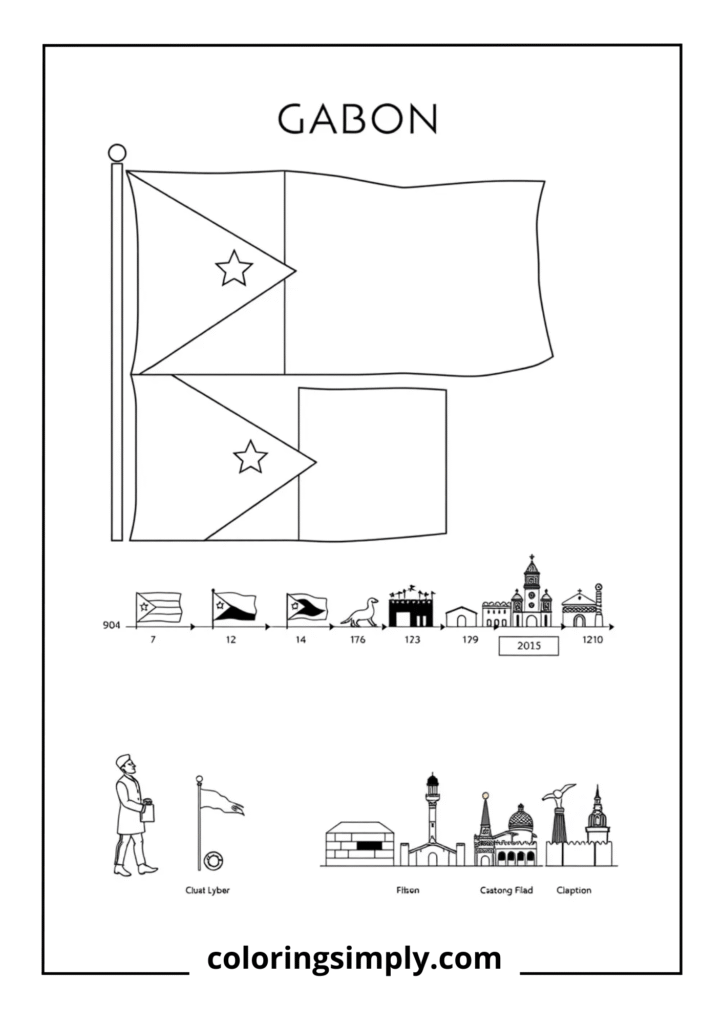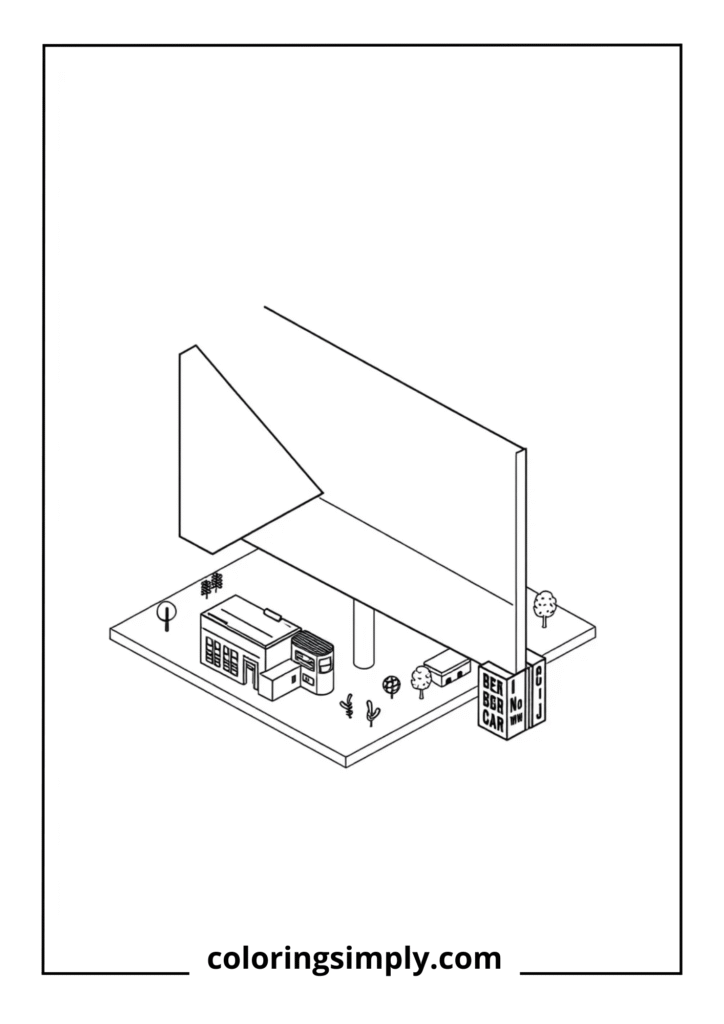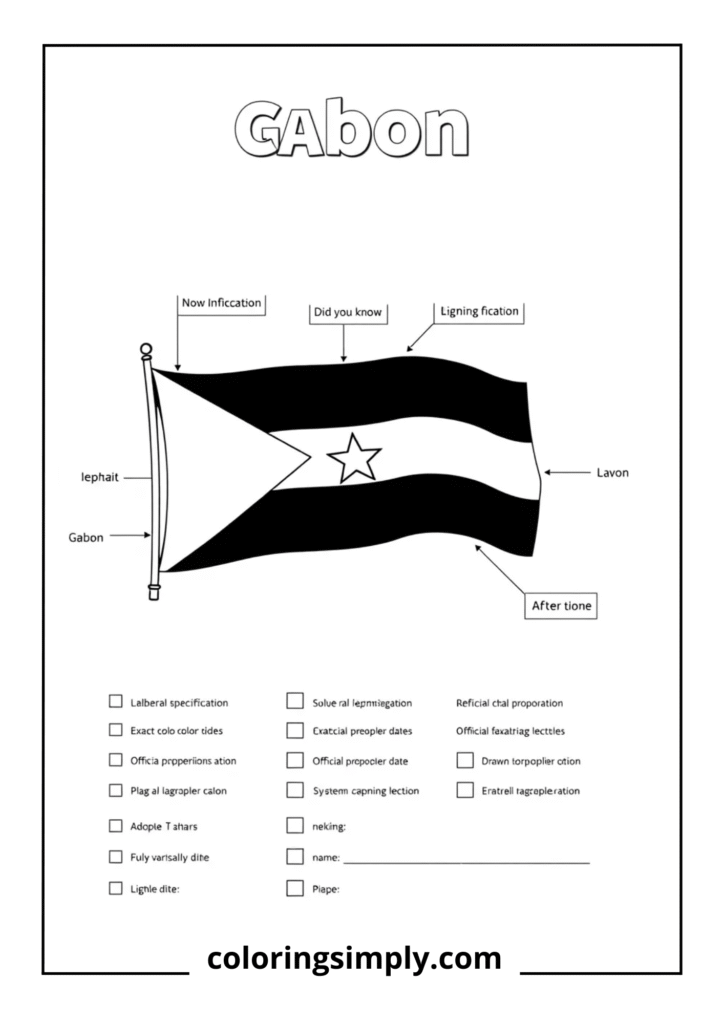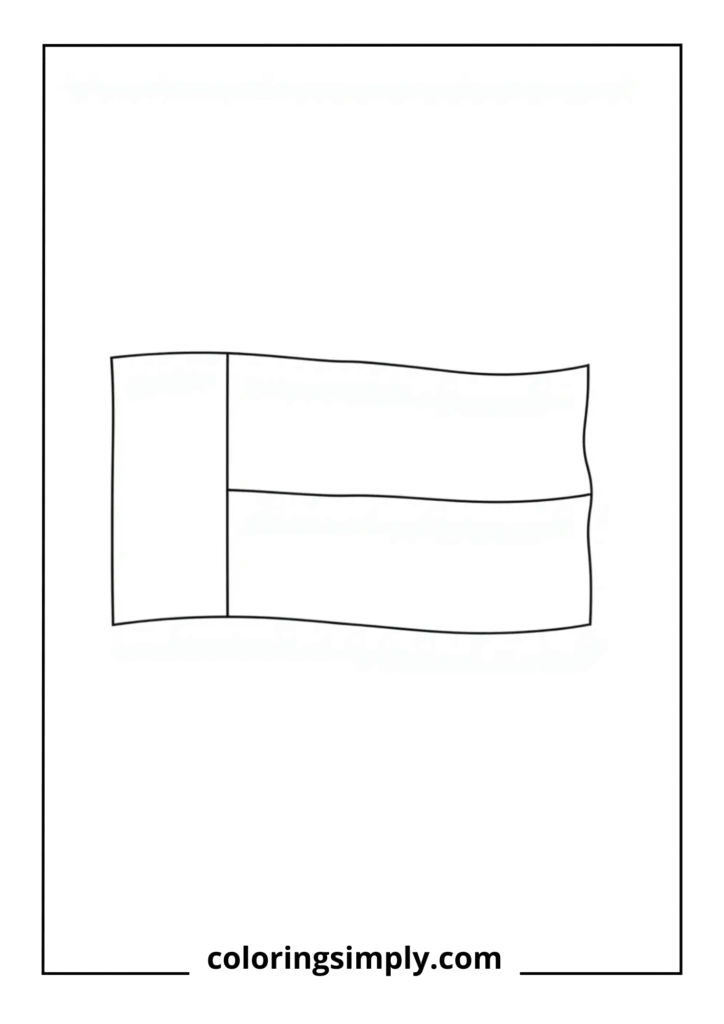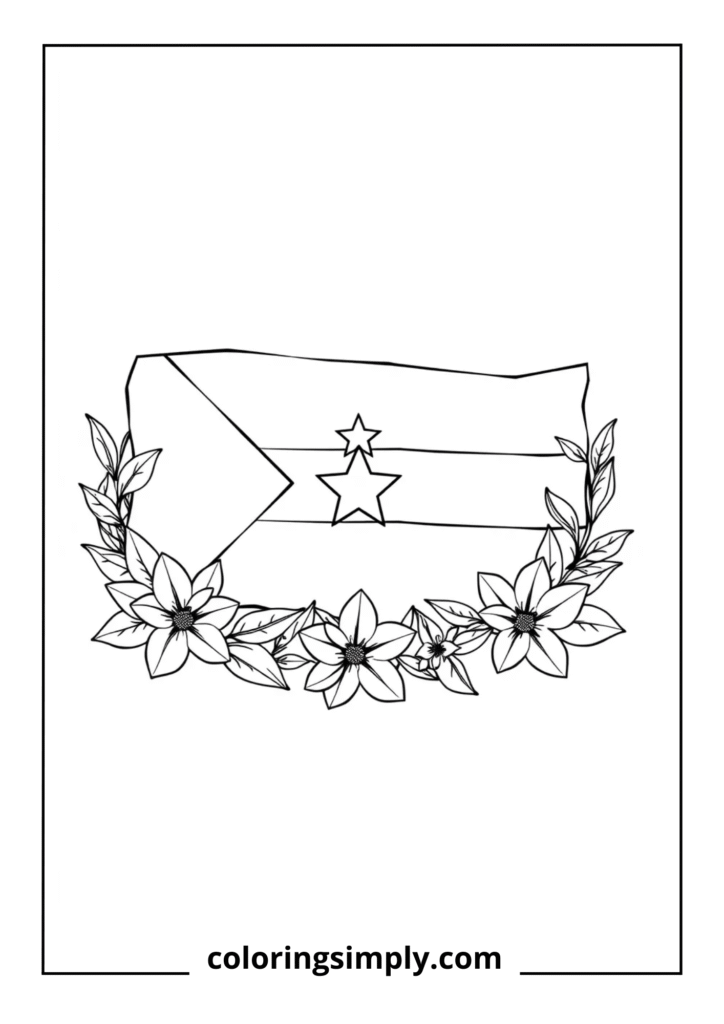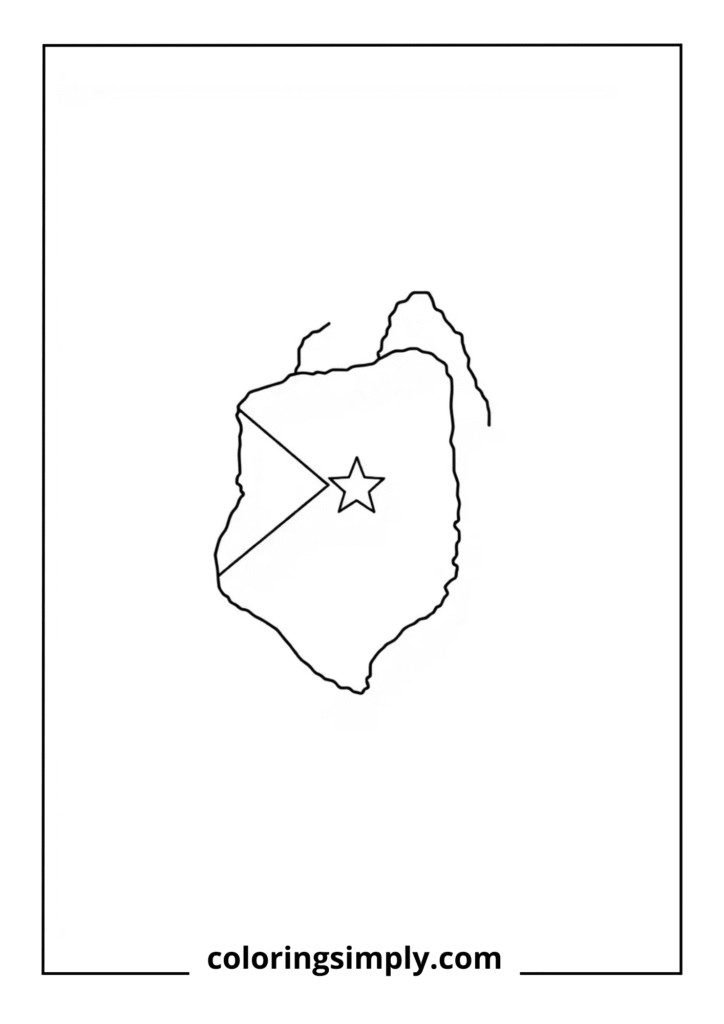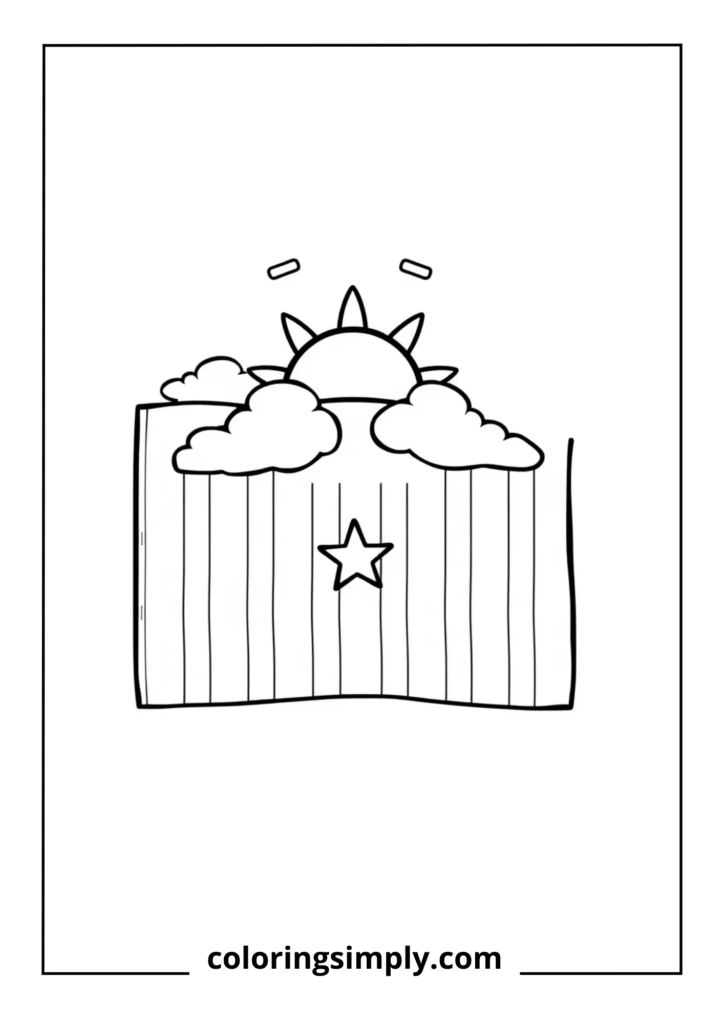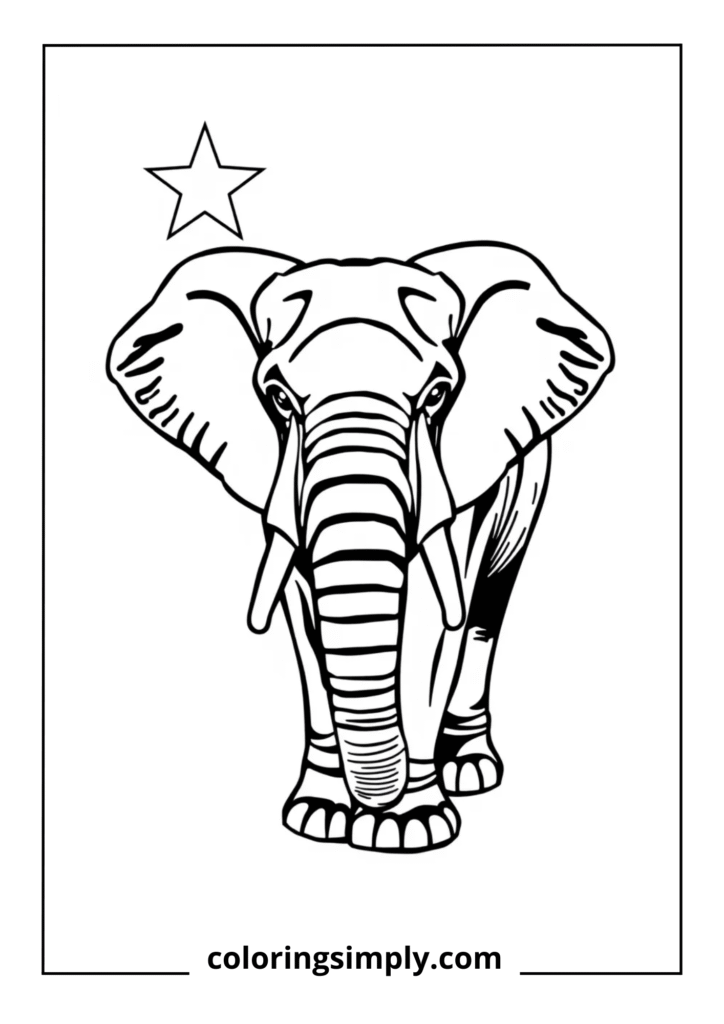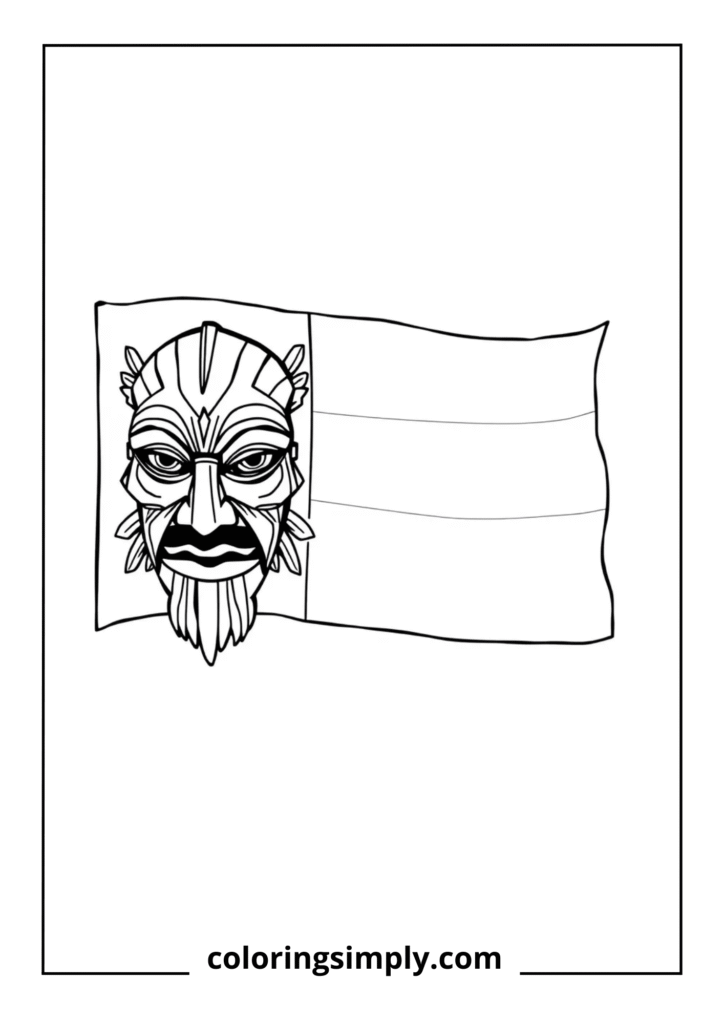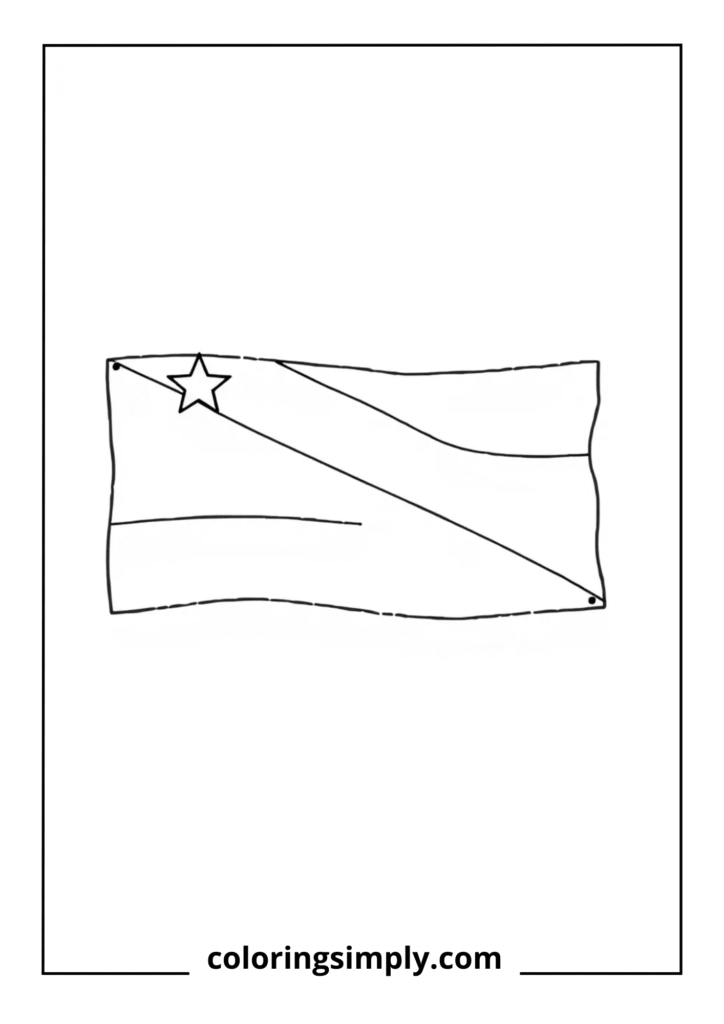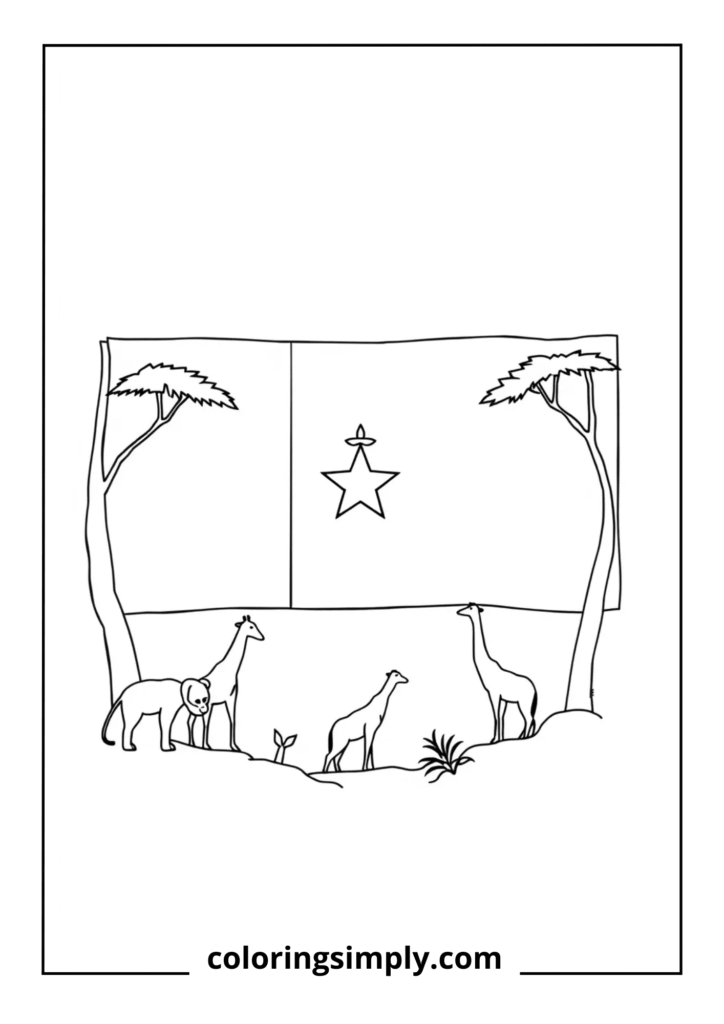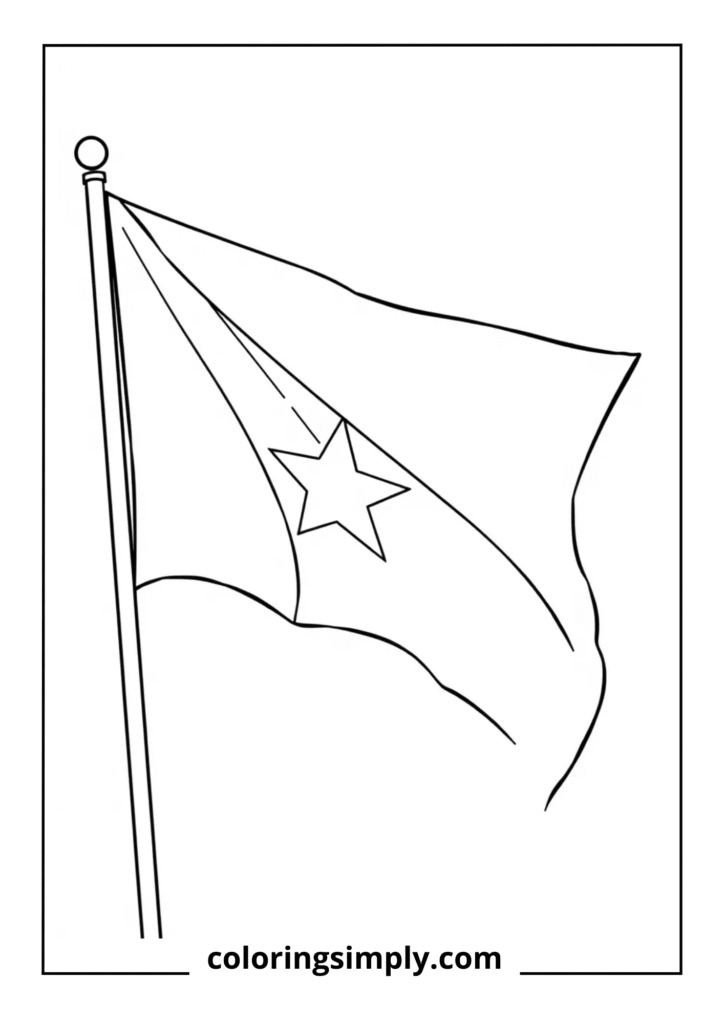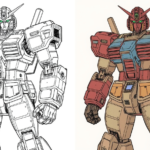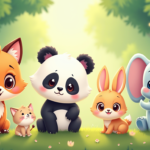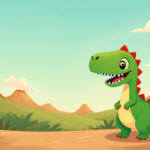We offer a wide collection of free, high-quality printable coloring pages for kids and adults. From cute animals to intricate mandalas, our designs bring creativity and relaxation to everyone. Download, print, and start coloring today!

Looking for engaging educational activities that combine geography, culture, and creativity? Our gabon flag coloring page collection is perfect for parents, teachers, and homeschoolers who want to make learning about African nations both fun and memorable. These free printable resources bring the vibrant colors and rich symbolism of Gabon’s national flag right to your classroom or kitchen table.
![Completed Gabon Flag Coloring Page – showing the green, yellow, and blue horizontal stripes in beautiful detail]
Table of Contents
Download Your Free Gabon Flag Coloring Pages
We’ve created multiple options to suit different learning styles and age groups:
[Button 1] Download Simple Coloring Page (PDF)
Perfect for younger children (ages 4-7), this basic design features clean lines and large sections that are easy to color within the boundaries.
[Button 2] Download Detailed Coloring Page (PDF)
Ideal for older kids (ages 8-12), this version includes labeled color sections (Green, Yellow, Blue) to reinforce color recognition and flag knowledge.
[Button 3] Download Flag & Map Page (PDF)
A comprehensive learning tool featuring the Gabon flag alongside an outline map of the country—perfect for geography lessons and cultural studies.
[Button 4] Download PNG File (Transparent)
For digital projects, presentations, or creative online activities. This transparent background file is perfect for tech-savvy educators and students working on multimedia projects.
Fun Facts About the Gabon Flag
Before your students start coloring, share these fascinating details about Gabon’s national flag:
• The colors tell a story: Green represents Gabon’s lush forests and natural resources, yellow symbolizes the equator that runs through the country and the bright African sun, while blue represents the Atlantic Ocean that borders this beautiful nation.
• A relatively young flag: Gabon adopted its current flag design on August 9, 1960, the same year the country gained independence from France.
• Unique among former French colonies: Unlike many other African nations that were once French territories, Gabon’s flag doesn’t incorporate the red, white, and blue colors of the French tricolor—making it distinctly Gabonese.
• Simple yet meaningful design: The three horizontal stripes create one of the most recognizable flags in Central Africa, with each color holding deep cultural significance.
• Size matters: The official flag follows a 3:4 ratio, with each stripe being equal in width—a detail that helps kids understand symmetry and proportion.
Coloring Tips & Color Guide
Getting the colors just right can make your free printable gabon flag coloring pages look absolutely stunning. Here’s what I recommend:
For the Green Stripe (Top): Choose a shade like forest green or emerald. Crayola’s “Forest Green” or “Green” works perfectly. If you’re using markers, look for a rich, deep green that reminds you of tropical rainforests.
For the Yellow Stripe (Middle): A bright, sunny yellow captures the spirit of the equatorial sun. “Yellow” or “Goldenrod” crayons are ideal. Avoid pale yellows—you want something bold and cheerful.
For the Blue Stripe (Bottom): Ocean blue or royal blue represents the Atlantic perfectly. “Blue” or “Navy Blue” crayons work well, but avoid anything too dark or too light.
Best Coloring Tools:
- Crayons: Ideal for small hands, easy to grip, and great for coloring larger spaces.
- Colored pencils: Ideal for older students who want more precision and detail
- Markers: Excellent for vibrant colors, but use carefully to avoid bleeding
Educational Benefits of Flag Coloring Activities
When you incorporate printable gabon flag coloring pages into your lessons, you’re doing more than just keeping kids busy. Here’s what they’re actually learning:
Geography Skills: Children naturally absorb information about Gabon’s location in Central Africa, its coastal position, and its relationship to neighboring countries.
Cultural Awareness: Discussing the flag’s symbolism opens conversations about different cultures, natural resources, and how countries express their identity through symbols.
Fine Motor Development: Coloring inside the lines helps build hand strength and enhances coordination—essential abilities for writing and other school activities.
Color Recognition: Learning the specific colors and their meanings reinforces color vocabulary and symbolic thinking.
Following Directions: Using labeled coloring pages helps children practice reading and following visual instructions.
Creative Ways to Use These Coloring Pages
Don’t limit yourself to just coloring! Here are some engaging activities that extend the learning:
Flag Comparison Project: Have students color flags from different African nations and compare their designs, colors, and meanings.
Geography Scavenger Hunt: After coloring, challenge kids to find Gabon on a world map and identify its neighboring countries.
Cultural Research: Encourage older students to research Gabon’s wildlife, languages, or traditional foods while they color.
Classroom Display: Create a “Flags of the World” bulletin board featuring completed coloring pages from various countries.
Digital Integration: Scan completed coloring pages and create a class slideshow or digital gallery showcasing everyone’s work.
Perfect for Multiple Learning Environments
Whether you’re a classroom teacher planning a unit on African geography, a homeschool parent looking for engaging activities, or a scout leader organizing cultural activities, these gabon flag coloring page resources adapt to any setting.
Classroom Teachers: These pages work perfectly for substitute teacher plans, early finisher activities, or as part of comprehensive geography units.
Homeschool Families: Incorporate these into your world cultures curriculum or use them for quiet time activities that still provide educational value.
Scout Groups: Perfect for earning culture-related badges or for international friendship activities.
Library Programs: Ideal for multicultural story times or educational craft sessions.
Making the Most of Your Coloring Experience
To get the best results from your free printable gabon flag coloring pages, consider these helpful tips:
Print Quality: Use regular printer paper for everyday use, but consider cardstock for special projects or displays.
Group Activities: Have students work in pairs to discuss the flag’s meaning while they color—this encourages conversation and peer learning.
Follow-Up Questions: Ask students what they think each color represents before revealing the answers. This builds critical thinking skills.
Extension Activities: After coloring, have students draw or write about what they’d like to visit in Gabon, based on what the flag’s colors represent.
Why Choose Our Gabon Flag Coloring Pages?
Unlike generic coloring resources, our printable gabon flag coloring pages are specifically designed with educators and parents in mind. Each page includes accurate proportions, clear lines suitable for different age groups, and educational elements that extend beyond simple coloring.
The variety of formats means you can choose the perfect option for your specific needs, whether you’re working with preschoolers who need simple designs or middle schoolers who can handle more detailed work.
Plus, the PNG format option gives tech-savvy educators flexibility for digital projects—something you won’t find with most free coloring resources.
Ready to Start Coloring?
Transform your next geography lesson or quiet time activity with these engaging, educational coloring pages. Your students will love the hands-on learning experience, and you’ll appreciate having a ready-to-use resource that combines creativity with cultural education.
Download your favorite formats today and watch as children discover the beauty and meaning behind Gabon’s distinctive flag. Whether you choose the simple version for young learners or the comprehensive flag-and-map combination for older students, you’re providing an activity that’s both fun and fundamentally educational.

